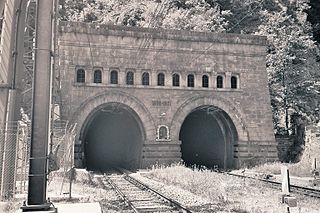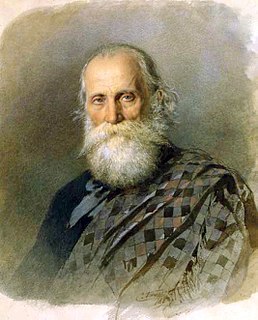Baveno | |
|---|---|
| Comune di Baveno | |
 The church retains its ancient dedication to Ss Gervasio and Protasio | |
| Coordinates: 45°54′N8°30′E / 45.900°N 8.500°E Coordinates: 45°54′N8°30′E / 45.900°N 8.500°E | |
| Country | Italy |
| Region | Piedmont |
| Province | Province of Verbano-Cusio-Ossola (VB) |
| Frazioni | Feriolo, Oltrefiume, Romanico, Roncaro, Loita |
| Area | |
| • Total | 17 km2 (7 sq mi) |
| Elevation | 205 m (673 ft) |
| Population (2001) [1] | |
| • Total | 4,527 |
| • Density | 270/km2 (690/sq mi) |
| Demonym(s) | Bavenesi |
| Time zone | UTC+1 (CET) |
| • Summer (DST) | UTC+2 (CEST) |
| Postal code | 28831 |
| Dialing code | 0323 |
| Patron saint | Santi Gervasio e Protasio |
| Saint day | 19 June |
| Website | Official website |
Baveno is a town and comune in the province of Verbano-Cusio-Ossola, part of Piedmont, northern Italy. It is on the west shore of Lago Maggiore, 21 kilometres (13 mi) northwest of Arona by rail.

The comune is a basic administrative division in Italy, roughly equivalent to a township or municipality.

Verbano-Cusio-Ossola is the northernmost province in the Italian region of Piedmont. It was created in 1992 through the fusion of three geographical regions which had previously been part of the Province of Novara. The area flanking the western shore of Verbano forms the eastern part of the province; Cusio and its environs form the southern part; while the north and west of the province consists of the Ossola, a region of Alpine mountains and valleys. The ISO code for the province is VB.

Piedmont is a region in northwest Italy, one of the 20 regions of the country. It borders the Liguria region to the south, the Lombardy and Emilia-Romagna regions to the east and the Aosta Valley region to the northwest; it also borders France to the west and Switzerland to the northeast. It has an area of 25,402 square kilometres (9,808 sq mi) and a population of 4 377 941 as of 30 November 2017. The capital of Piedmont is Turin.
Contents
To the north-west are the famous red granite quarries, which have supplied the columns for the Cathedral of Milan, the church of San Paolo fuori le Mura at Rome, the Galleria Vittorio Emanuele at Milan and other important buildings. [2]

Rome is the capital city and a special comune of Italy. Rome also serves as the capital of the Lazio region. With 2,872,800 residents in 1,285 km2 (496.1 sq mi), it is also the country's most populated comune. It is the fourth most populous city in the European Union by population within city limits. It is the centre of the Metropolitan City of Rome, which has a population of 4,355,725 residents, thus making it the most populous metropolitan city in Italy. Rome is located in the central-western portion of the Italian Peninsula, within Lazio (Latium), along the shores of the Tiber. The Vatican City is an independent country inside the city boundaries of Rome, the only existing example of a country within a city: for this reason Rome has been often defined as capital of two states.

Milan is a city in northern Italy, capital of Lombardy, and the second-most populous city in Italy after Rome, with the city proper having a population of 1,372,810 while its metropolitan area has a population of 3,244,365. Its continuously built-up urban area has a population estimated to be about 5,270,000 over 1,891 square kilometres. The wider Milan metropolitan area, known as Greater Milan, is a polycentric metropolitan region that extends over central Lombardy and eastern Piedmont and which counts an estimated total population of 7.5 million, making it by far the largest metropolitan area in Italy and the 54th largest in the world. Milan served as capital of the Western Roman Empire from 286 to 402 and the Duchy of Milan during the medieval period and early modern age.
One of the main attractions is a historic reach of villas and castles, built in the 19th century.
Baveno was occupied in the pre-Roman Iron Age by the Lepontii, a tribe of the Ligures.

The Lepontii were an ancient Celtic people occupying portions of Rhaetia in the Alps during the late Bronze Age/Iron Age. Recent archeological excavations and their association with the Golasecca culture and Canegrate culture(13th century BC) point to a Celtic affiliation. From the analysis of their language and the place names of the old Lepontic areas, it was hypothesized that these people represent a layer similar to that Celtic but previous to the Gallic penetration in the Po valley.

The Ligures were an Indo-European people who appear to have originated in, and gave their name to, Liguria, a region of north-western Italy. Elements of the Ligures appear to have migrated to other areas of western Europe, including the Iberian peninsula.


















